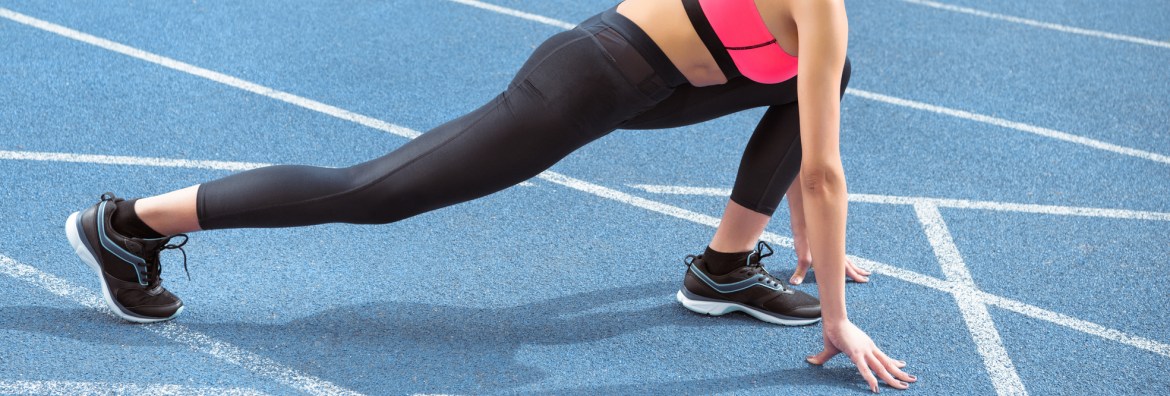
Calf Muscle Strain Pain
Calf strains and tears occur when the muscles in the back of the lower leg below the knee are overstretched or “pulled”. Injuries of the calf are common during high speed movements like running and jumping but they can also develop over time if your calf muscles tend to be tight. When pain in your calf is present, it’s important to pinpoint the source and reason for the pain.
Where is my calf pain coming from?
The calf is made up of multiple muscles that work together to help the foot, toes, and knee move. Calf strains symptoms can vary based on the location of the injury although they are generally felt in the back of the lower leg. A calf injury can fall on a severity scale between 1 (less severe) and 3 (severe).
Grade 1: Calf strain with minor tears. Symptoms may include muscle tightness and tenderness at the point of injury.
Grade 2: Calf strain with severe tears. Symptoms include affected walking gait, sharp pain in the back of the leg, and muscle spasms.
Grade 3: Complete calf tear. Symptoms include bruising, swelling, and difficulty walking.
When should I seek treatment for my calf pain?
If you’ve suffered a trauma and are experiencing any of the above symptoms of calf pain, it’s a good idea to seek out treatment. The earlier you begin your treatment plan, the more quickly you can get back to the activities you love.
How can physical therapy help with my calf muscle pain?
Your physical therapist will first pinpoint the source of the pain and the severity of your calf strain by performing a full body analysis and considering information about your body type, injury history, and how the injury occurred. They may even recommend footwear modifications as improper footwear may alter the load on the calf. Based on the results, they’ll develop a custom treatment plan and include various tools of their trade, including:
• Manual therapy to massage the calf area, increase muscle flexibility, restore muscle tissue, reduce any swelling, and improve range of motion in the areas surrounding the calf. This will not only reduce pain symptoms but also break up knots and encourage healing.
• Custom exercises to restore strength in the soleus muscle (which affects standing up and walking), improve plantar flexion, and strengthen the knee and ankle to help you safely heal.
• Running/Gait analysis to improve your form and biomechanics and to prevent future injuries, allowing you to return to a normal lifestyle.
Physical therapists can provide the necessary tools for your calf strain treatment, allowing you to return to your favorite activities pain-free and better than ever! To learn more about how to prevent calf strain injuries or to eliminate any current discomfort, book a physical therapy assessment today.
“I was greatly impressed with the knowledge, expertise, thoroughness, and empathy of my therapist, Jonathan. He gave me the confidence and therapeutic treatment to get me from non-walking to walking. He built my confidence and help me move from a wheelchair to a walker, from a walker to a cane, from a cane to no assistance. The whole staff made me feel like a family member. They all went above and beyond what was expected. ”
Our Location
2701 Airline Dr Suite L
Metairie, LA 70001
Phone: (504) 507-9375
Email: hello@therapydianola.com
